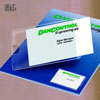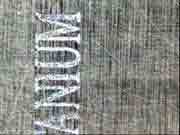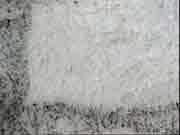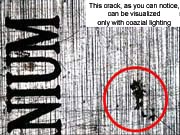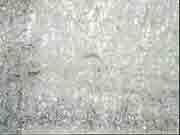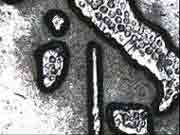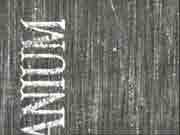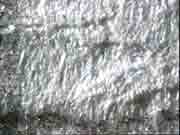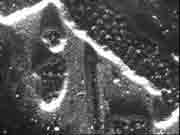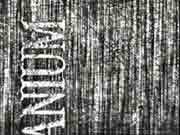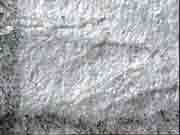Shopping Cart [more]
Index of Products
- 2x - 6x Magnifiers
- 7x - 9x Magnifiers
- 10x - 12x Magnifiers
- 15x - 22x Magnifiers
- 25x - 75x Magnifiers
- 100x plus Magnifiers
- ABC Loupe
- Accessories
- Achromatic
- Anastigmat
- Anilox Inspection with Video Camera
- Anilox Roll Scope
- Best Sellers
- Beta Industries
- Brinnel Microscopes
- Calibration
- Carson Optical, Inc.
- Color Viewers
- Custom Reticles
- Depth Measuring
- Dot Inspector Color Viewing Magnifier
- Electronic Ruler
- Endoscopes
- Enlarging Focuser
- Erect Image
- Eschenbach
- Eye Loupes
- Film Viewer
- Fixed Focus
- Flexible Stand Loupes
- Folding Loupes
- Folding Magnifiers
- Gaebel Magnifier & Optical Tools
- Glass Scale - Video Rulers
- Glass Scales
- Green-Lite LED Magnifiers
- Hand-Held Magnifiers
- Hardness Testers
- Head Loupe
- Ihara Densitometers
- Illuminated Loupes
- LED Magnifiers
- Linear Electronic Micrometer
- Linen Testers
- Lippolis
- Macro Measure USB Video
- Magnetic Magnifier
- Magnifiers (Handheld) With (Scales) Reticles
- Magnifiers With Lights
- Magnifiers With Video
- Micro Dottie
- Microfilm/35mm
- Microscopes
- Monocular
- O.C. White Products
- Ocular Micrometer
- Paragon
- Photographic
- Pocket Microscopes
- Promotional Printed Magnifiers
- Reticle Descriptions
- Reticles Custom Made
- Ruler and Targets Custom Design
- Rulers
- Scale Loupes
- Stage Micrometer
- Stand Microscope SKS
- Steinheil System
- Stereo Viewers
- Swing Base Loupes
- Telecentric Loupe
- Telescope
- Transparent Scale
- Triplet Loupe
- Video Inspection Systems
- Video Magnifiers
- Video Roll Inspection
- Wide Stand Microscope
- Zoom Loupe
- Featured Products ...
Information
Description of Lightning Systems
MAIN LIGHTING SYSTEMS
applied in the production of our video-optical systems
The image of an object surface is given by the sum of lights and shades created by the lighting.
The rays reflected by lighted surfaces may decrease or increase on the basis of:
- roughness ratio;
- type of lighting used;
- material features.
| SURFACES UNDER ANNULAR LIGHTING | |||
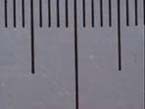 |
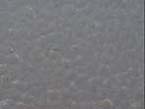 |
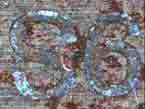 |
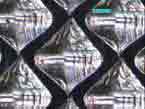 |
Silk-screened Plexiglass (200X) |
Chemically treated glass (320X) |
Engraved metal (320X) |
Engraving on graphic cylinders (750X) |
 |
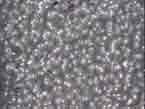 |
 |
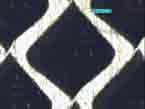 |
| SURFACES UNDER COAXIAL LIGHTING | |||
|
|
||||
|
|
LIGHTING WITH ANNULAR LIGHT
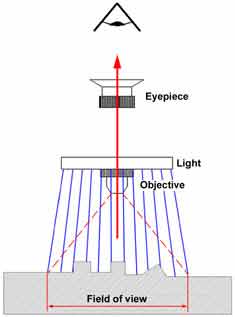 The lighting is supplied by a luminous source which is placed as a ring around the lens. The vision of the object through the lens gives a soft image as the rays are reflected and absorbed in different manners by the various surfaces.
The lighting is supplied by a luminous source which is placed as a ring around the lens. The vision of the object through the lens gives a soft image as the rays are reflected and absorbed in different manners by the various surfaces.
This type of lighting is the most used one as it fits to a greater extent of surfaces of different materials.

Click on the single images to compare the differences between the lighting types
![]()
LIGHTING WITH COAXIAL LIGHT
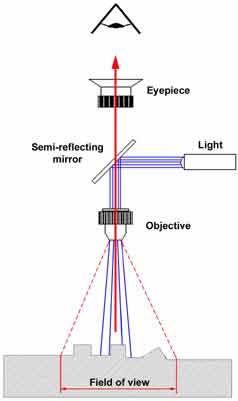 The lighting goes through the same axis of the lens.
The lighting goes through the same axis of the lens.
The light comes perpendicularly on the surface of the object creating a hard image; this is due to the complete return of rays coming from flat surfaces and of those reflecting from slanting surfaces. This system is perfect to visualize engravings of metallic objects.

Click on the single images to compare the differences between the lighting types
![]()
LIGHTING WITH GRAZING LIGHT
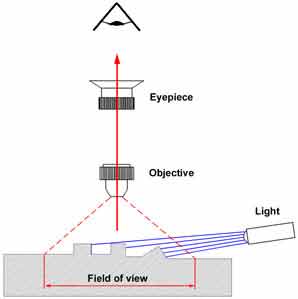 The lighting is supplied by an external source of light placed in a grazing position with respect to the main surface of the object. In this case the image is created by the shades (light-dark) caused by the obstacles met by the rays on their path.
The lighting is supplied by an external source of light placed in a grazing position with respect to the main surface of the object. In this case the image is created by the shades (light-dark) caused by the obstacles met by the rays on their path.
This system is particularly required when analysing flat surfaces of a paper kind, in order to enable the visualization of their morphology.

Click on the single images to compare the differences between the lighting types
![]()
LIGHTING WITH ANGULAR LIGHT
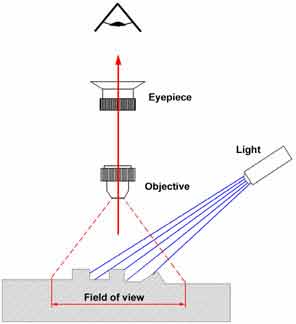 The lighting is supplied by an external source of light which is slanting (30°-60°) with respect to the surface of the object. The images become visible as the luminous rays, reflected on the surfaces with the same angle of incidence, assume a higher luminous intensity with respect to all rays reflected with different slants. The shades created with this system are less stressed than those created with the grazing light system. The rays reflect even on deep parts of the surfaces, making this system suitable to visualize wider and deeper areas of the surface of an object. This type of lighting is used instead of the coaxial one because even the slanting surfaces which are lighted become partially visible.
The lighting is supplied by an external source of light which is slanting (30°-60°) with respect to the surface of the object. The images become visible as the luminous rays, reflected on the surfaces with the same angle of incidence, assume a higher luminous intensity with respect to all rays reflected with different slants. The shades created with this system are less stressed than those created with the grazing light system. The rays reflect even on deep parts of the surfaces, making this system suitable to visualize wider and deeper areas of the surface of an object. This type of lighting is used instead of the coaxial one because even the slanting surfaces which are lighted become partially visible.

Click on the single images to compare the differences between the lighting types
![]()
Other products and companies referred to herein are trademarks or registered trademarks of their respective companies.
**Prices, images and specifications subject to change without notice.**


For your convenience, we accept these credit cards:






